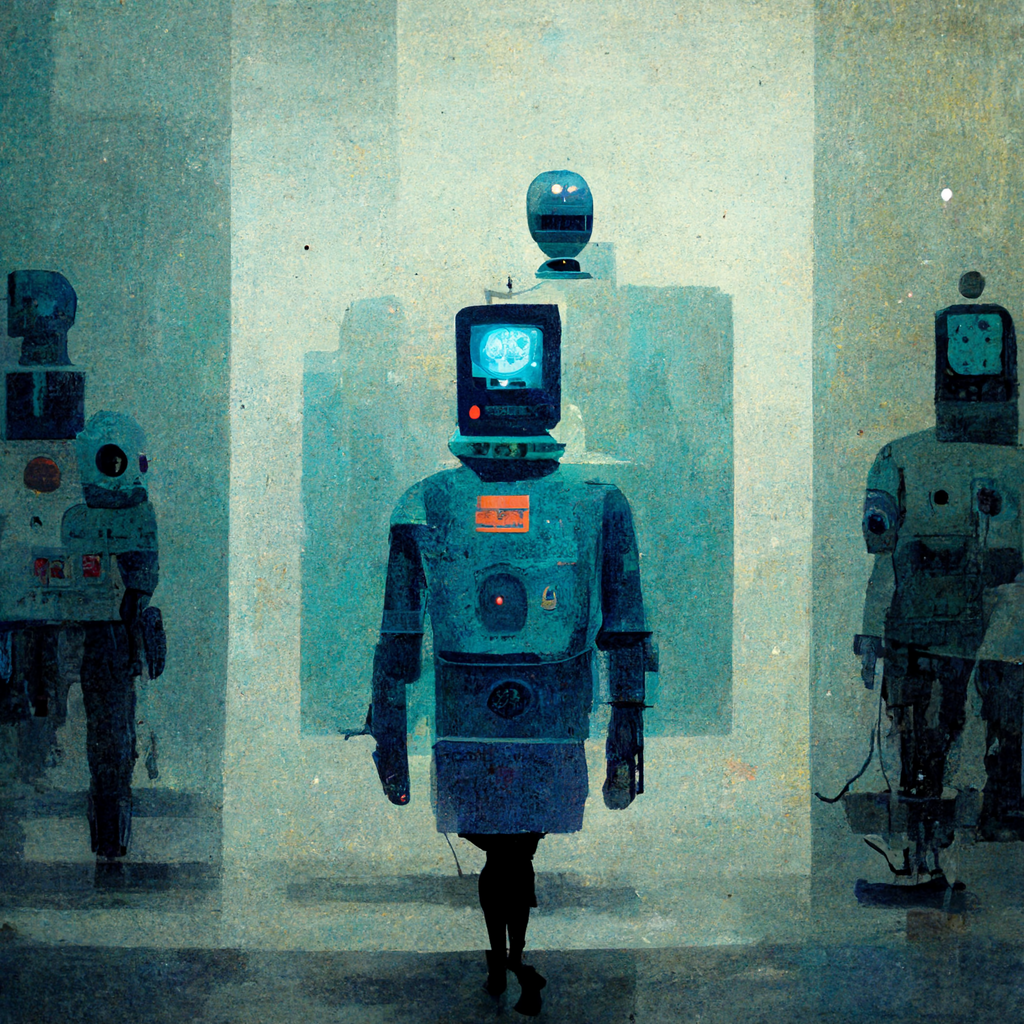Artificial Intelligence (AI) has been making great strides in recent years, with machines becoming more adept at performing tasks once thought to be only achievable by humans. However, there are concerns about the potential dangers that AI poses, particularly when it comes to crossing treacherous boundaries. This article explores the topic of crossing boundaries with AI agents, discussing what it means, why it is important, and the potential risks involved.
Introduction
AI agents are rapidly becoming ubiquitous in our lives, with applications ranging from chatbots to autonomous vehicles. As the capabilities of these agents increase, so too do the potential risks they pose. One of the most significant risks is the potential for AI agents to cross treacherous boundaries, either intentionally or inadvertently. In this article, we will explore what this means and why it is important, as well as examining the benefits and risks of crossing these boundaries.
What are AI agents?
AI agents are computer programs designed to interact with humans or other agents in a way that mimics human behavior. These agents are typically built using machine learning algorithms, which allow them to learn from data and improve their performance over time. Some common examples of AI agents include chatbots, personal assistants, and recommendation systems.
Understanding boundaries
Boundaries can be defined as the limits or constraints that govern the behavior of AI agents. These boundaries can be physical, legal, ethical, or cultural. For example, a self-driving car may be constrained by physical boundaries such as speed limits and road conditions, while a chatbot may be constrained by ethical boundaries such as the prohibition on using offensive language.
Crossing boundaries with AI agents
Crossing boundaries with AI agents refers to situations where the agent’s behavior violates these boundaries. This can occur intentionally, such as when an AI agent is programmed to engage in malicious behavior, or inadvertently, such as when an autonomous vehicle causes an accident due to a programming error.
The benefits of crossing boundaries with AI agents
There are potential benefits to crossing boundaries with AI agents. For example, an AI agent that is able to learn from its environment and adapt its behavior accordingly may be better able to perform its intended task. Additionally, crossing boundaries may lead to new applications and use cases for AI agents.
The risks of crossing boundaries with AI agents
There are also significant risks associated with crossing boundaries with AI agents. These risks include the potential for unintended consequences, such as when an autonomous vehicle causes an accident due to a programming error. Additionally, crossing boundaries may violate legal, ethical, or cultural norms, leading to negative consequences for both the agent and its users.
Ethical considerations
The potential ethical implications of crossing boundaries with AI agents are significant. For example, an AI agent that is programmed to engage in malicious behavior may cause harm to individuals or society as a whole. Additionally, AI agents that are not properly designed may perpetuate bias and discrimination.
Regulatory challenges
Regulating AI agents that cross boundaries presents significant challenges for policymakers. These challenges include determining appropriate legal frameworks and developing effective enforcement mechanisms.
Current applications of AI agents crossing boundaries
There are already numerous examples of AI agents crossing boundaries in various contexts. For example, autonomous vehicles are already on the roads, and chatbots are increasingly being used for customer service. However, these applications are still relatively limited in scope, and significant challenges remain to be addressed.
Future prospects
The future of AI holds great promise, but also significant challenges. As AI agents become more advanced, the potential for crossing boundaries increases. It will be essential for policymakers, developers, and users to work together to ensure that AI agents are designed and deployed in a way that is both safe and ethical.
One potential solution to the risks of crossing boundaries with AI agents is to develop more advanced control mechanisms that allow humans to monitor and intervene in AI behavior. Another solution is to design AI agents to be more transparent and explainable, allowing users to understand how the agent is making decisions and take corrective action if necessary.
Conclusion
In conclusion, crossing treacherous boundaries with AI agents is a complex and important issue. While there are potential benefits to crossing these boundaries, there are also significant risks that must be addressed. It will be essential for policymakers, developers, and users to work together to ensure that AI agents are designed and deployed in a way that is both safe and ethical.







Leave a Reply